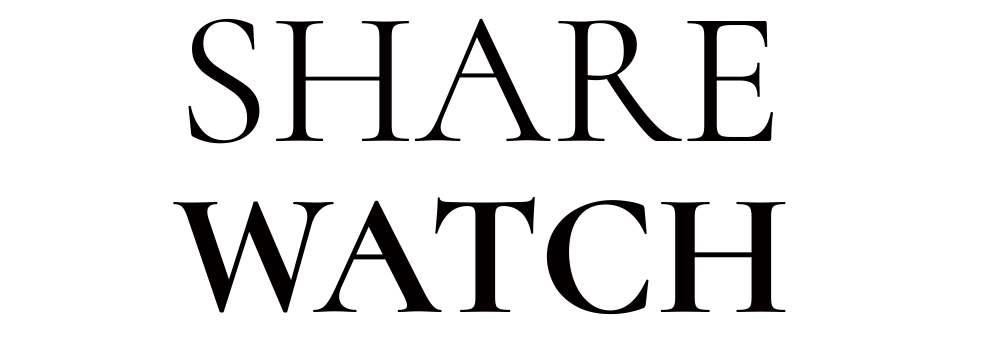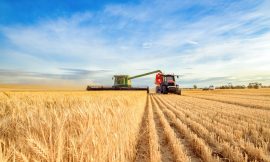September arabica coffee (KCU25) on Wednesday closed up +4.45 (+1.41%), and September ICE robusta coffee (RMU25) closed up +206 (+5.53%).
Coffee prices on Tuesday rallied on light frost early this week in Cerrado Mineiro, a key arabica growing area in Brazil. Early assessments suggest that damage has been low.
Don’t Miss a Day: From crude oil to coffee, sign up free for Barchart’s best-in-class commodity analysis.
Meanwhile, Sep robusta coffee soared to a 2-month high, driven by short-covering after the steep sell-off seen in May-July, and by Wednesday's news that Brazil's July robusta exports plunged -49% y/y.
Coffee prices have seen strength since last Wednesday when Brazil's Trade Ministry reported that Brazil's July unroasted coffee exports fell -20.4% y/y to 161,000 MT. In related bullish news released Wednesday, Brazil's green coffee exports in July fell -28% y/y to 2.4 million bags, according to exporter group Cecafe. Cecafe said July arabica exports fell -21% y/y, while robusta exports plunged -49% y/y. Total July coffee exports fell -28% to 2.7 million bags. Coffee shipments during Jan-July fell -21% to 22.2 million bags.
A decline in ICE coffee inventories is supporting arabica prices. ICE-monitored arabica inventories fell to a 1.25-year low of 736,411 bags on Wednesday. Also, ICE robusta coffee inventories fell to a 2-week low on Wednesday of 6,928 lots, mildly below the 1-year high of 7,029 lots posted on July 28.
The coffee market is awaiting clarity on US tariff policies, as President Trump has yet to exempt coffee from his 50% tariff on Brazilian exports. The tariff could hurt sales of Brazilian coffee to the US and boost Brazil's coffee inventories.
Above-average rainfall in Brazil last week eased dryness concerns and is a negative factor for coffee prices. Somar Meteorologia reported Monday that Brazil's largest arabica coffee-growing area, Minas Gerais, received 4.8 mm of rain during the week ended August 9, or 109% of the historical average.
The ongoing Brazil coffee harvest is bearish for coffee prices. Safras & Mercado reported last Friday that Brazil's overall 2025/26 coffee harvest was 94% complete as of August 6, ahead of the comparable level of 92% last year. The breakdown showed that 99% of the robusta harvest and 91% of the arabica harvest were complete as of August 6. In related news, Brazil's Cooxupe coffee co-op announced Wednesday that the harvest among its members was 80.4% complete as of August 8. Cooxupe is Brazil's largest coffee cooperative and Brazil's largest exporter group.
In a bearish factor, the International Coffee Organization (ICO) reported last Wednesday that global June coffee exports rose +7.3% y/y to 11.69 million bags. However, cumulative Oct-Jun coffee exports were down -0.2% y/y at 104.14 million bags.
Coffee prices have retreated over the past three months on the outlook for abundant coffee supplies. Last month, arabica coffee tumbled to an 8-month low and robusta sank to a 1.25-year nearest-futures low. On June 25, the USDA's Foreign Agricultural Service (FAS) forecasted that Brazil's 2025/26 coffee production will increase by +0.5% y/y to 65 million bags and that Vietnam's 2025/26 coffee output will rise by 6.9% y/y to a 4-year high of 31 million bags. Brazil is the world's largest producer of arabica coffee, and Vietnam is the world's largest producer of robusta coffee.
Due to drought, Vietnam's coffee production in the 2023/24 crop year decreased by -20% y/y to 1.472 MMT, the smallest crop in four years. Also, Vietnam's General Statistics Office reported that 2024 Vietnam coffee exports fell by -17.1% y/y to 1.35 MMT. Additionally, the Vietnam Coffee and Cocoa Association reduced its 2024/25 Vietnam coffee production estimate to 26.5 million bags on March 12, down from a December estimate of 28 million bags. By contrast, the Vietnam National Statistics Office reported Tuesday that Vietnam's Jan-Jul 2025 coffee exports were up +6.9% y/y to 1.05 MMT.
The USDA's biannual report, released on June 25, was bearish for coffee prices. The USDA's Foreign Agriculture Service (FAS) projected that world coffee production in 2025/26 will increase by +2.5% y/y to a record 178.68 million bags, with a -1.7% decrease in arabica production to 97.022 million bags and a +7.9% increase in robusta production to 81.658 million bags. The USDA's FAS forecasts that 2025/26 ending stocks will climb by +4.9% to 22.819 million bags from 21.752 million bags in 2024/25.
For the 2025/26 marketing year, Volcafe projects a global 2025/26 arabica coffee deficit of -8.5 million bags, wider than the -5.5 million bag deficit for 2024/25 and the fifth consecutive year of deficits.
On the date of publication, Rich Asplund did not have (either directly or indirectly) positions in any of the securities mentioned in this article. All information and data in this article is solely for informational purposes. For more information please view the Barchart Disclosure Policy here.
The views and opinions expressed herein are the views and opinions of the author and do not necessarily reflect those of Nasdaq, Inc.



